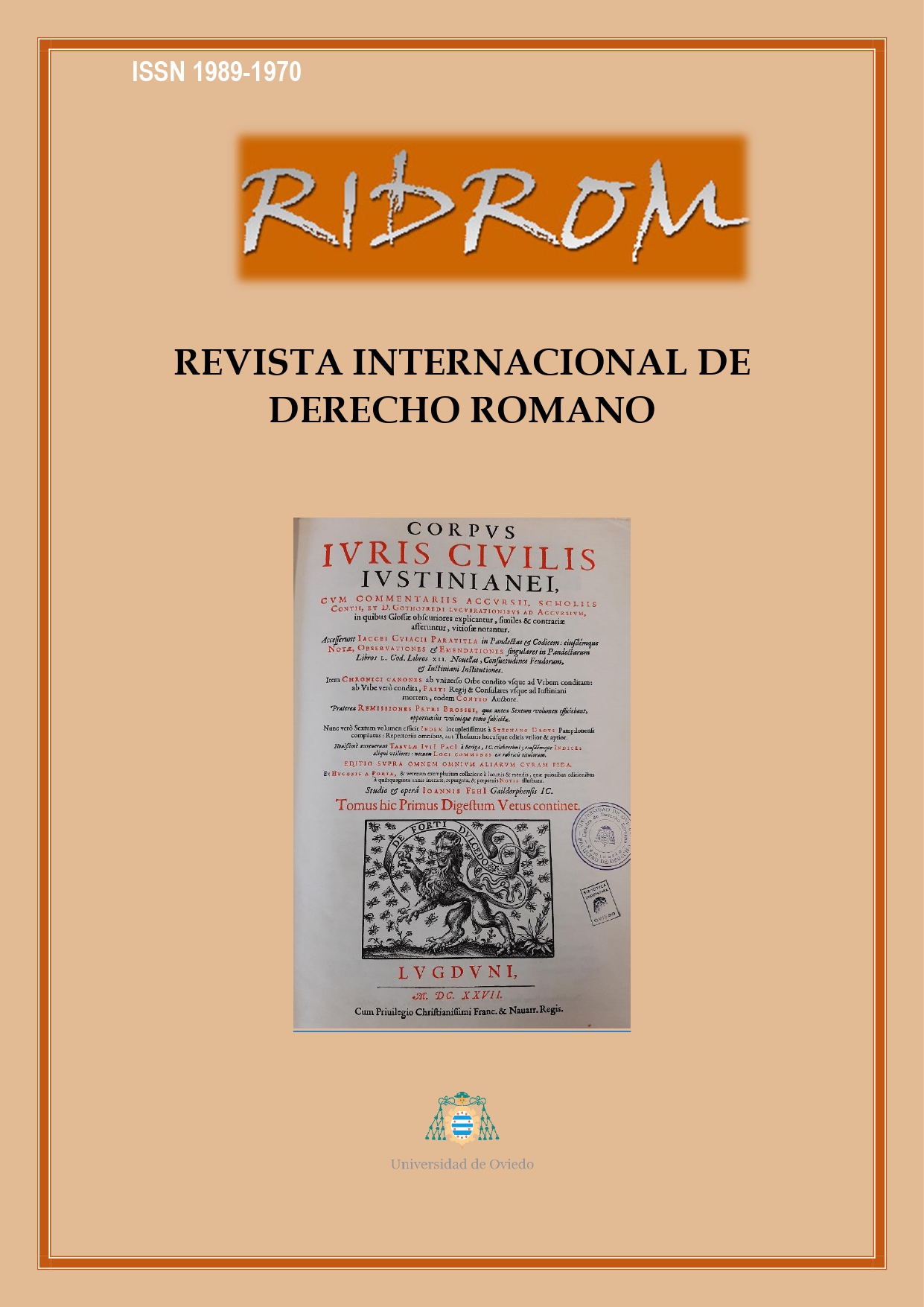Abstract
The death of Bishop San Martín, July 21, 1705, indicates the end of the period corresponding to the spolium, or rents and assets or rights and actions, which were in place and belonged to the deceased, but derived from the yields produced by the episcopal miter, and then another legal institute began, the vacancy of the headquarters. The espolio belonged to the Apostolic Chamber, from the Late Middle Ages, and managed it from the Nunciature of Madrid, through collectors. Initially, through a procurator, the papal body began claiming the property and claiming credit rights that were part of the espolio, as well as satisfying some debts of the same, but was soon convinced of the difficulty of gathering everything that could belong to them, by the right of succession mortis causa. This led to the publication of edicts in Madrid, so that in public acquisition a purchaser of the patrimonial block could appear, paying the Apostolic Chamber an important sum of money, but receiving in return a global assignment contract of all the patrimony, rights and actions, that they would be exercised in the name of said pontifical office but in the interest of the purchaser, which was the Asturian canon Luis de Mier y Noriega, although this led to multiple procedures for claiming before the Council of Castile, with final remission before the ecclesiastical jurisdiction..Downloads
Download data is not yet available.

